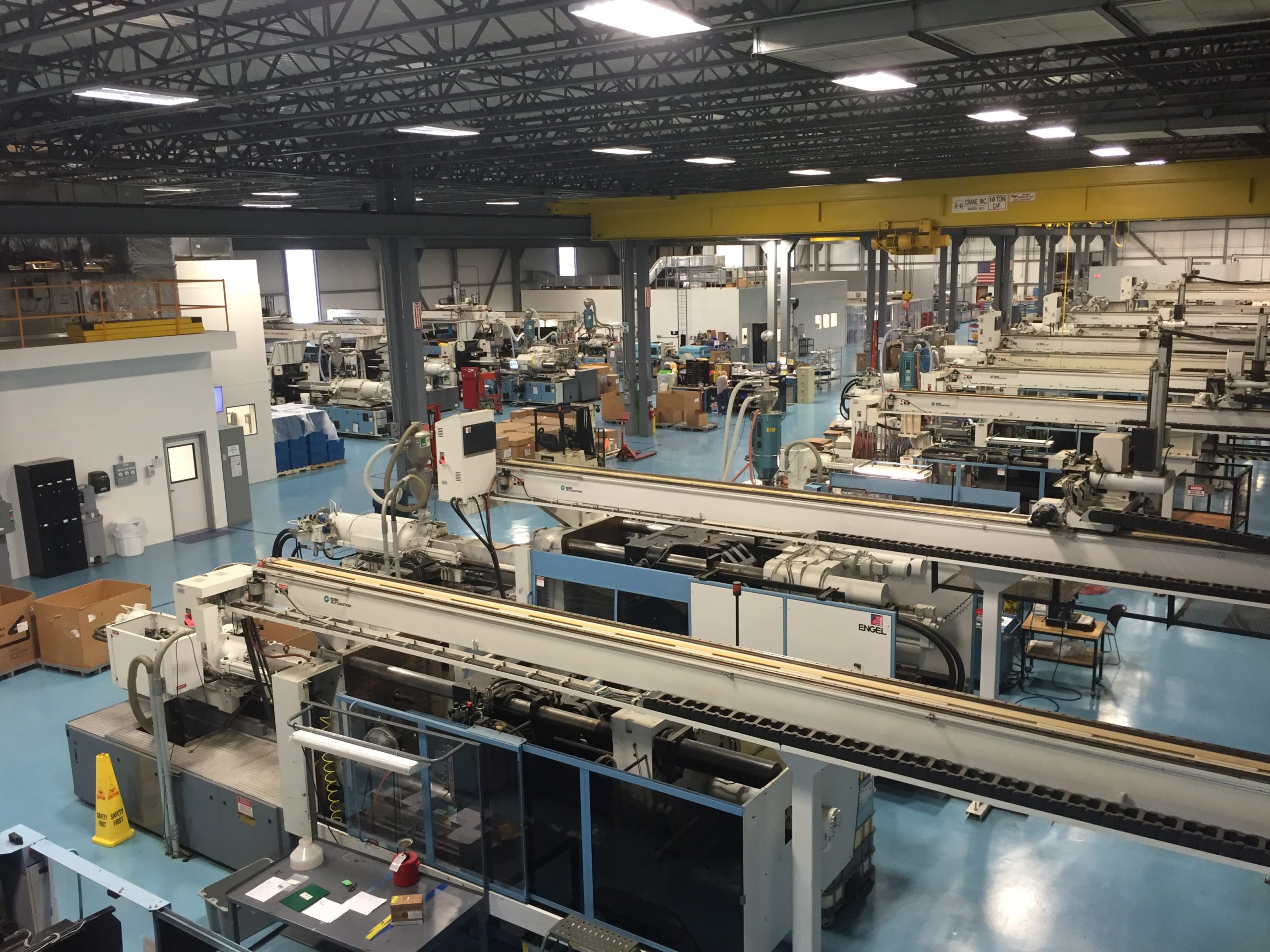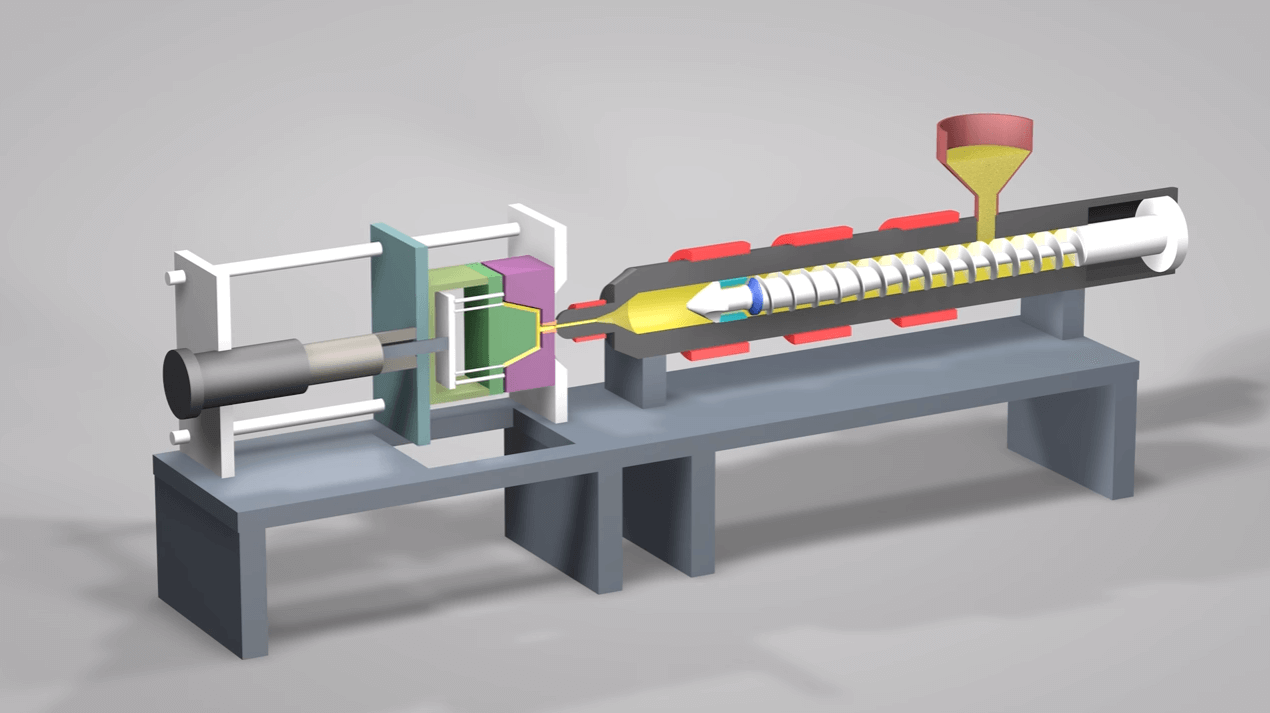Lean Manufacturing for Dummiess
Wiki Article
Facts About Manufacturing Uncovered
Table of ContentsNot known Incorrect Statements About Hon Hai Precision The Ultimate Guide To Manufacturing IndustriesManufacturing Industries Can Be Fun For EveryoneExcitement About Lean ProductionFacts About Manufacturing RevealedThe Main Principles Of Additive Manufacturing
The message on this page is an example from our full White Paper 'Shot Moulding for Purchasers' - * Sample text * - for complete guide click the download switch over! Intro This guide is planned for individuals who are aiming to source plastic mouldings. It gives a much required insight right into all that is entailed with producing plastic components, from the mould tool needed to the moulding process itself.If you wish to explore even more, the guide covers sorts of mould tools, along with unique ending up processes such as colours & plating. Words that are underscored can be discovered in the glossary in the appendix ... Component I: Moulding: The Basics The Advantages of Injection Moulding Plastic injection moulding is a very precise procedure that provides numerous advantages over various other plastic handling techniques.
Precision is ideal for very complex parts. You can hold this moulding in the hand of your hand and also it has employers, ribs, metal inserts, side cores as well as holes, made with a gliding closed off feature in the mould device.
Mfg - Questions


from material feed & melting; material injection; shot time cooling down ejection and also the re-closing of the mould tool ready for the next cycle. Draft angles - The wall surfaces of a moulded component must be somewhat tapered in the instructions in which the component is ejected from the mould device, to permit the component to be expelled conveniently.
Ejector stroke - The pushing out of ejector pins to eject the moulded part from the mould tool. Ejector stroke speed, length as well as timing requires to be meticulously managed to protect against damage to the ejectors and mould tool, yet at the exact same time make the moulding cycle as short as possible.

The Of Lean Manufacturing
Ribs - When a plastic component has slim walls, ribs are included in the layout to make the slim wall surfaces more powerful Side cores - Side action which creates a function on a moulded part, at an opposing angle to the typical opening instructions of the mould device. lean manufacturing. The side core needs to be able to withdraw as the plastic part can not be expelled or else.
Walls - The sides of a moulded part The text on this page is an example from our complete White Paper 'Shot Moulding for Buyers'.
Manufacturing procedure for producing components by infusing molten material into a mould, or mold Simplified diagram of the procedure Injection moulding (U.S. lean production spelling: shot molding) is a manufacturing procedure for creating parts by infusing liquified material right into a mould, or mold and mildew. Injection moulding can be done with a host of materials primarily consisting of metals (for which the process is called die-casting), glasses, elastomers, confections, and also a lot of typically thermoplastic and also thermosetting polymers. Shot moulding is widely made use of for making a selection of parts, from the smallest parts to entire body panels of vehicles. Advancements in 3D printing modern see here now technology, utilizing photopolymers that do not melt during the shot moulding of some lower-temperature thermoplastics, can be made use of for some straightforward shot moulds. Shot moulding utilizes a special-purpose equipment that has three components: the injection system, the mould and also the clamp.
The Buzz on Manufacturing
, with the quantity used of the previous being considerably higher.: 13 Thermoplastics are common due to characteristics that make them extremely suitable for injection moulding, such as convenience of recycling, adaptability for a wide selection of applications,: 89 and also ability to soften as well as stream on home heating.In numerous dental caries moulds, each tooth cavity can be the same and also create the same parts or can be one-of-a-kind and develop multiple various geometries throughout a solitary cycle. Moulds are normally made from device steels, yet stainless-steels as well as aluminium moulds are ideal for particular applications. Aluminium moulds are normally ill-suited for high volume manufacturing or parts with slim dimensional resistances, as they have inferior mechanical residential or commercial properties as well as are extra prone to use, damage, as well as contortion throughout the shot as well as securing cycles; nonetheless, aluminium moulds are cost-effective in low-volume applications, as mould construction prices and also time are significantly minimized.
When enough material has collected, the product is forced at high stress as well as velocity right into the go to my site part developing cavity. The specific quantity of shrinking is a function of the resin being utilized, and also can be fairly predictable. To avoid spikes in pressure, the process typically uses a transfer placement representing a 9598% complete cavity where the screw changes from a consistent speed to a constant pressure control.
Plastic Manufacturing for Dummies
The packaging stress is applied until the gate (dental caries entryway) solidifies. Due to its little size, the gateway is typically the very first area to solidify through its entire thickness.: 16 Once the gate strengthens, no more product can enter the dental caries; appropriately, the screw reciprocates and acquires product for the following cycle while the product within the mould cools down so that it can be expelled and also be dimensionally stable.Report this wiki page